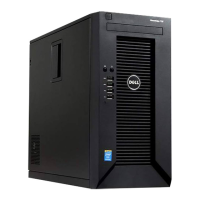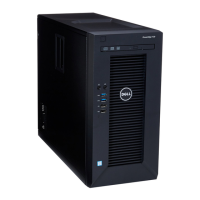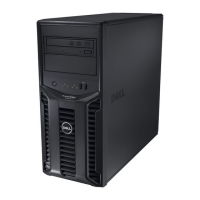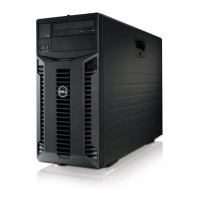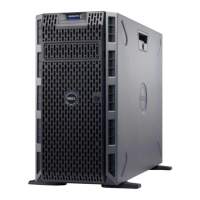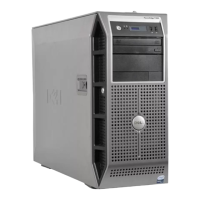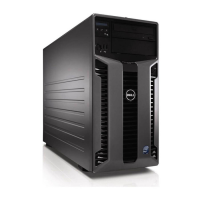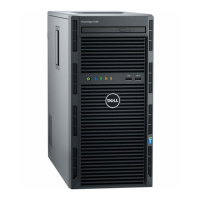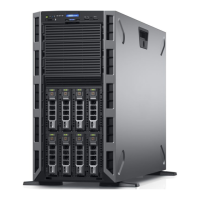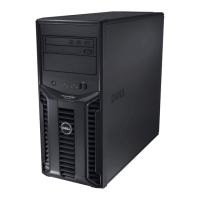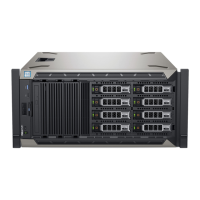5
Using System Diagnostics
If you experience a problem with your system, run the system diagnostics before contacting Dell for technical
assistance. The purpose of running system diagnostics is to test your system hardware without requiring additional
equipment or risking data loss. If you are unable to fix the problem yourself, service and support personnel can use the
diagnostics results to help you solve the problem.
Enhanced Pre-Boot System Assessment Diagnostics
The Enhanced Pre-Boot System Assessment (ePSA) diagnostics (also known as system diagnostics) performs a
complete check of your hardware. The ePSA is embedded with the BIOS and is launched by the BIOS internally. The
embedded system diagnostics provides a set of options for particular device groups or devices allowing you to:
• Run tests automatically or in an interactive mode
• Repeat tests
• Display or save test results
• Run thorough tests to introduce additional test options to provide extra information about the failed device(s)
• View status messages that inform you if tests are completed successfully
• View error messages that inform you of problems encountered during testing
CAUTION: Use the system diagnostics to test only your system. Using this program with other systems may cause
invalid results or error messages.
NOTE: Some tests for specific devices require user interaction. Always ensure that you are present at the system
terminal when the diagnostic tests are performed.
1. Power-on the system.
2. As the system boots, press the <F12> key as the Dell logo is displayed.
3. On the boot menu screen, select the Diagnostics option.
The Enhanced Pre-boot System Assessment window is displayed, listing all devices detected in the system. The
diagnostics starts running the tests on all the detected devices.
4. If you wish to run a diagnostic test on a specific device, press <Esc> and click Yes to stop the diagnostic test.
5. Select the device from the left pane and click Run Tests.
6. If there are any issues, error codes are displayed.
Note the error code and contact Dell.
System Diagnostic Controls
Menu
Description
Configuration Displays the configuration and status information of all detected devices.
Results Displays the results of all tests that are executed.
71
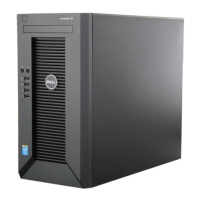
